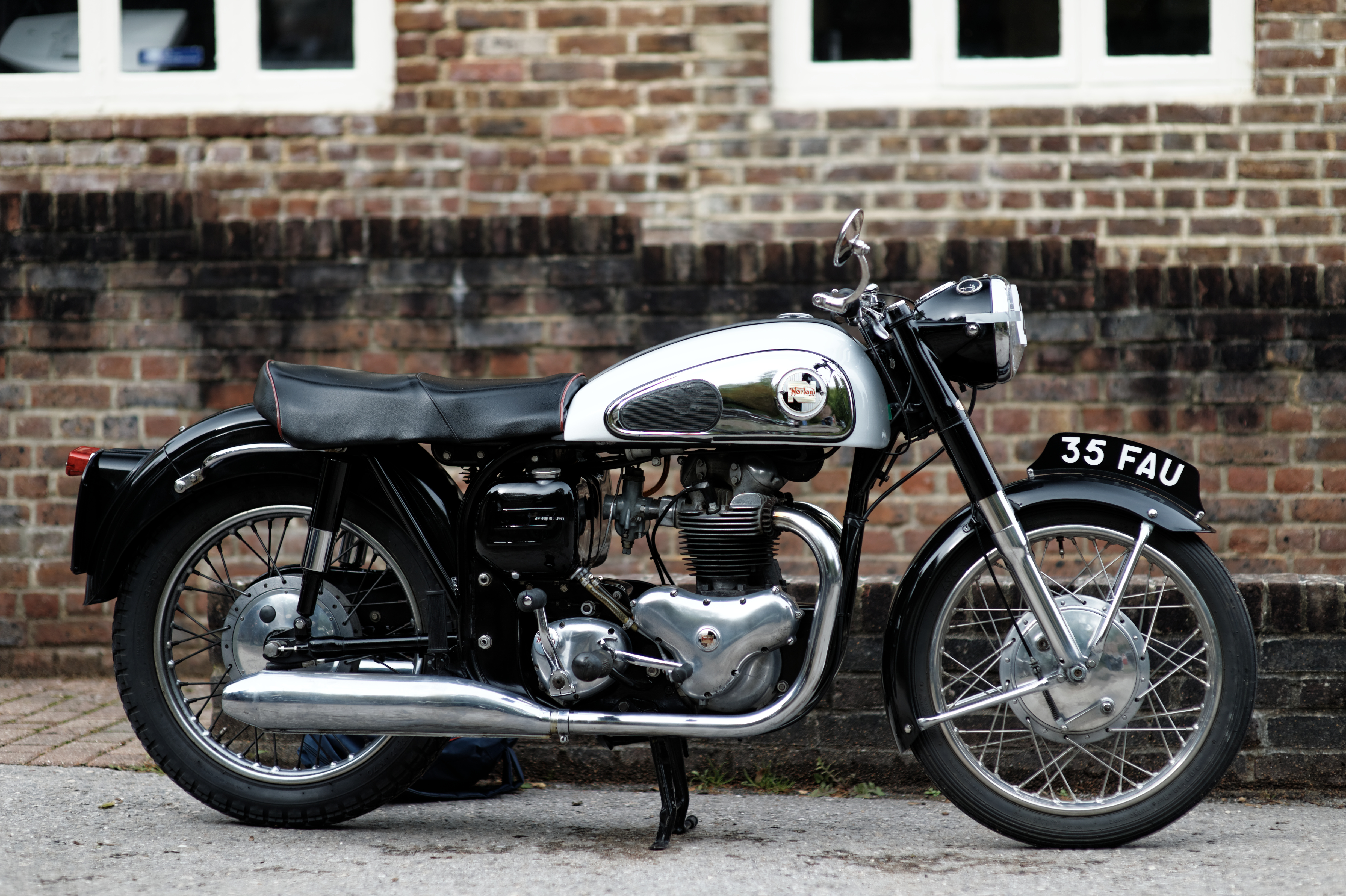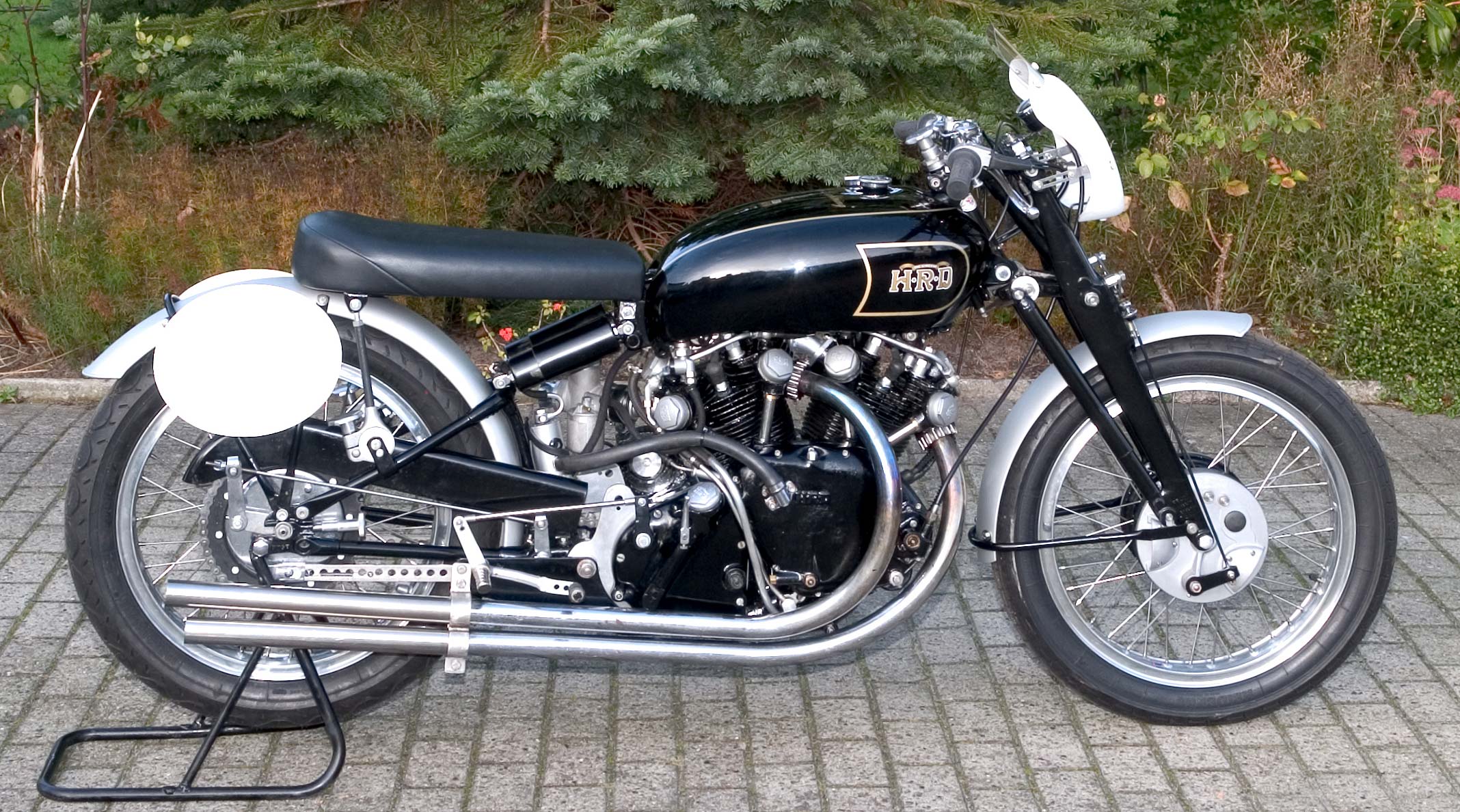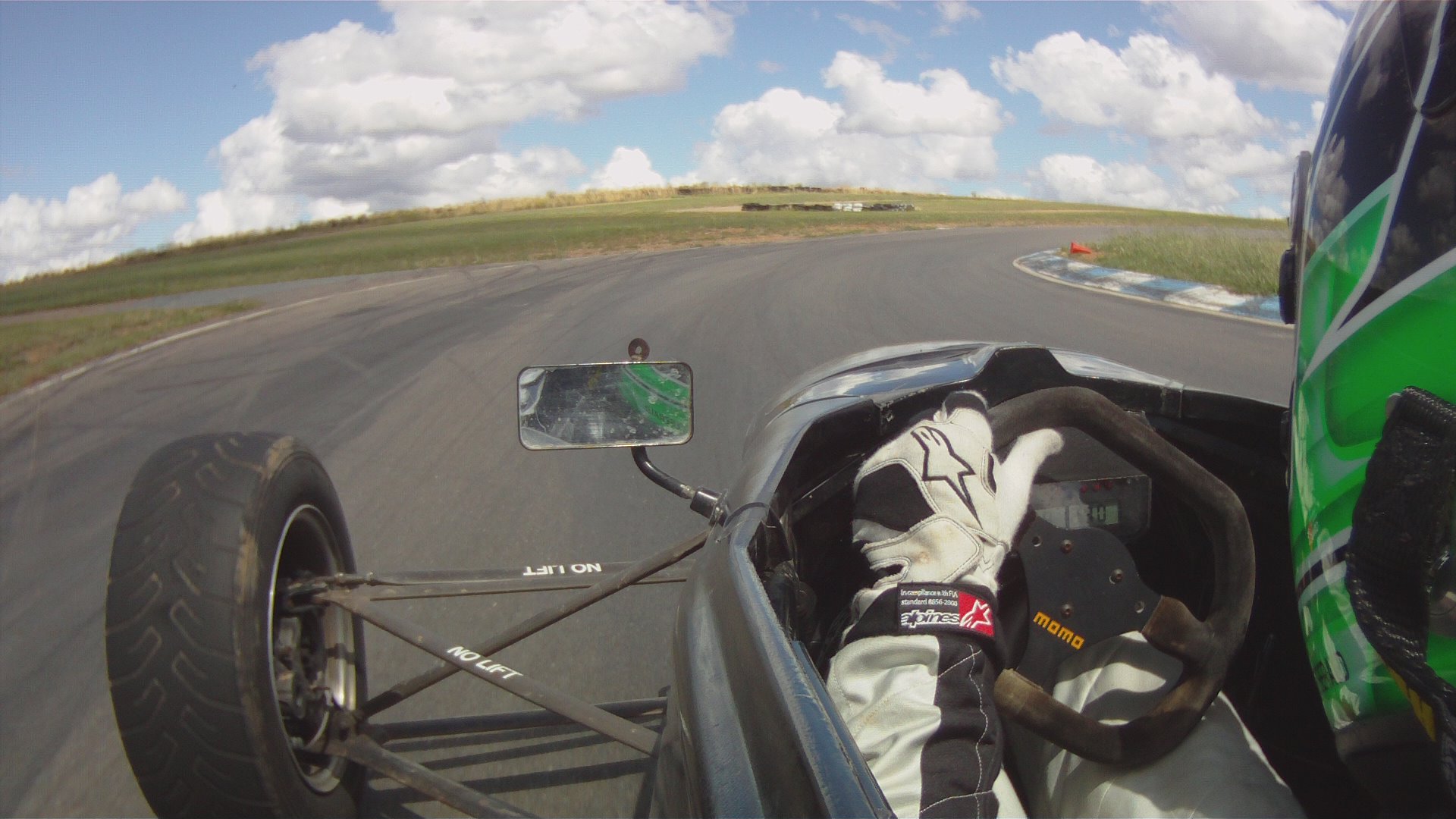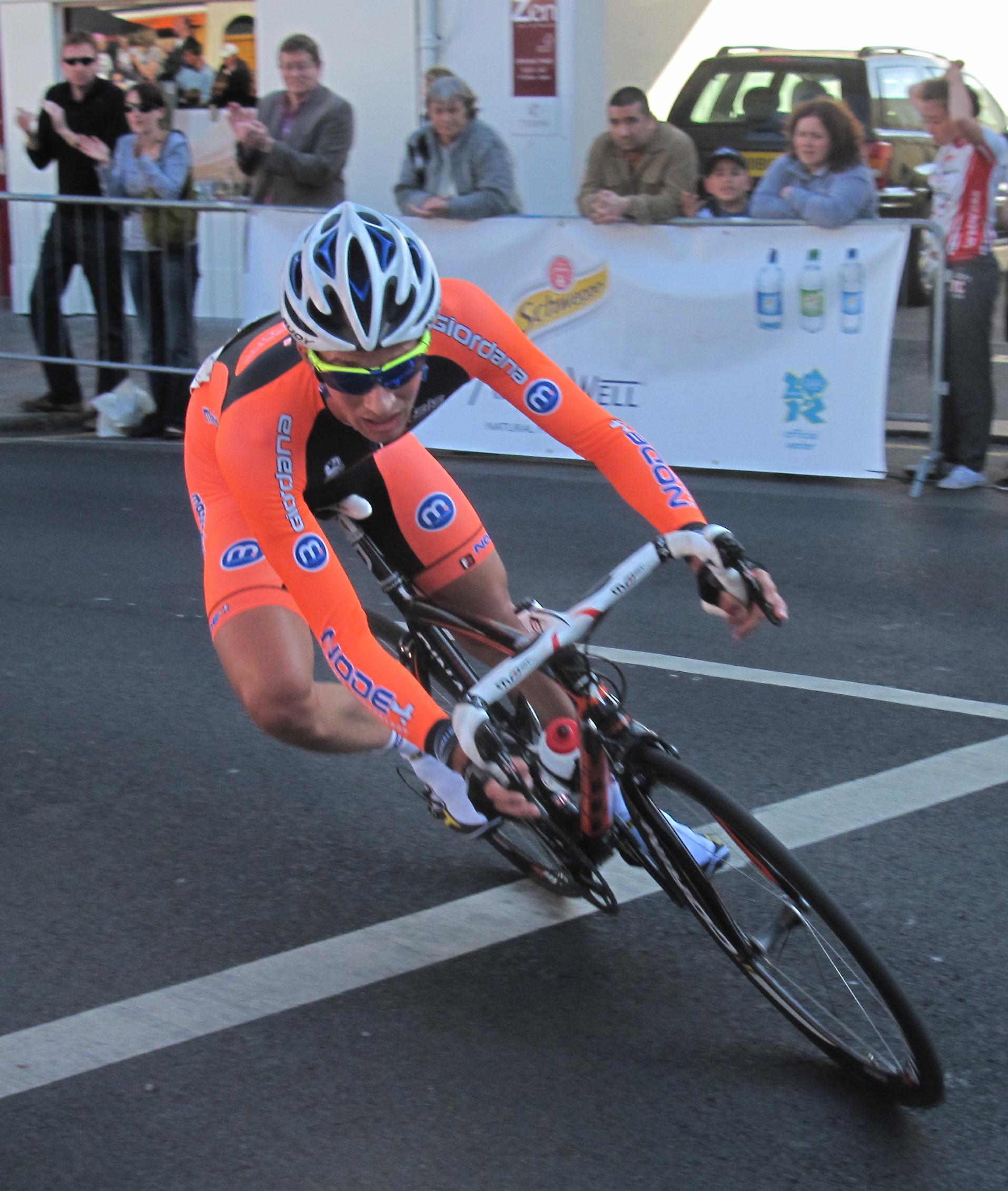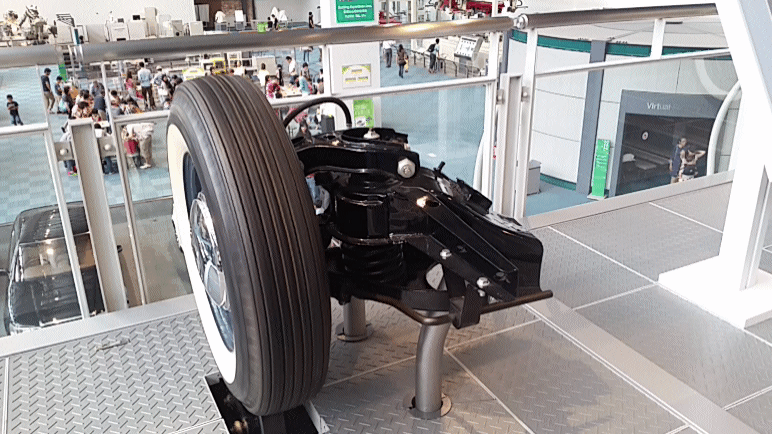|
Gaiter (vehicle)
{{Unreferenced, date=June 2019, bot=noref (GreenC bot) On a vehicle, a gaiter or boot is a protective flexible sleeve covering a moving part, intended to keep the part clean. On motorcycles and bicycles Gaiters are pleated rubber tubes enclosing the front suspension tubes of some motorcycles and mountain bikes with telescopic front forks. Gaiters protect the sliding parts of the front suspension from dirt and water. On cars and other vehicles Similar gaiters to those described above find multiple uses on most vehicles. They are used at both ends of driveshafts, protecting constant-velocity joints from the ingress of dirt, and retaining the grease. They also prevent the ingress of dirt where one component slides within another, for example, on suspension struts or the ends of steering racks. Finally, they are also usually used to perform the same function on ball joints, which appear on suspension wishbones and steering tie rod ends. The gear stick A gear stick (rarely sp ... [...More Info...] [...Related Items...] OR: [Wikipedia] [Google] [Baidu] |
Vehicle
A vehicle () is a machine designed for self-propulsion, usually to transport people, cargo, or both. The term "vehicle" typically refers to land vehicles such as human-powered land vehicle, human-powered vehicles (e.g. bicycles, tricycles, velomobiles), animal-powered transports (e.g. horse-drawn vehicle, horse-drawn carriages/wagons, ox carts, dog sleds), motor vehicles (e.g. motorcycles, cars, trucks, buses, mobility scooters) and rail transport, railed vehicles (trains, trams and monorails), but more broadly also includes cable transport (aerial lift, cable cars and elevators), watercraft (ships, boats and underwater vehicles), amphibious vehicles (e.g. screw-propelled vehicles, hovercraft, seaplanes), aircraft (airplanes, helicopters, glider (aircraft), gliders and aerostats) and space vehicles (spacecraft, spaceplanes and launch vehicles). This article primarily concerns the more ubiquitous land vehicles, which can be broadly classified by the type of contact interface with ... [...More Info...] [...Related Items...] OR: [Wikipedia] [Google] [Baidu] |
Motorcycle Fork
A motorcycle fork connects a motorcycle's front wheel and axle to its motorcycle frame, frame, typically via a yoke, also known as a triple clamp, or triple tree, which consists of an upper yoke joined to a lower yoke via a steering stem, a shaft that runs through the steering head, creating the steering axis. Most forks incorporate the front Suspension (motorcycle), suspension and front brake, and allow the front wheel to rotate about the steering axis so that the motorcycle may be steered. Most motorcycle handlebar, handlebars attach to the top clamp in various ways, while clip-on handlebars clamp to the fork tubes, either just above or just below the upper triple clamp. The fork and its attachment points on the frame establish the critical geometric parameters of rake and trail, which play a major role in defining how a motorcycle handles and Suspension (motorcycle)#Brake dive, dives during braking. While the standard telescopic fork arrangement is found with few major differe ... [...More Info...] [...Related Items...] OR: [Wikipedia] [Google] [Baidu] |
Motorcycle
A motorcycle (motorbike, bike; uni (if one-wheeled); trike (if three-wheeled); quad (if four-wheeled)) is a lightweight private 1-to-2 passenger personal motor vehicle Steering, steered by a Motorcycle handlebar, handlebar from a saddle-style seat. Motorcycle designs vary greatly to suit a range of different purposes: Long-distance motorcycle riding, long-distance travel, Motorcycle commuting, commuting, cruising (driving), cruising, Motorcycle sport, sport (including Motorcycle racing, racing), and Off-roading, off-road riding. Motorcycling is riding a motorcycle and being involved in other related social activities such as joining a motorcycle club and attending motorcycle rally, motorcycle rallies. The 1885 Daimler Reitwagen made by Gottlieb Daimler and Wilhelm Maybach in Germany was the first internal combustion, petroleum-fueled motorcycle. In 1894, Hildebrand & Wolfmüller became the first series production motorcycle. Globally, motorcycles are comparable numerically t ... [...More Info...] [...Related Items...] OR: [Wikipedia] [Google] [Baidu] |
Mountain Bike
A mountain bike (MTB) or mountain bicycle is a bicycle designed for off-road cycling (''mountain biking''). Mountain bikes share some similarities with other bicycles, but incorporate features designed to enhance durability and performance in rough terrain, which often makes them heavier, more complex and less efficient on smooth surfaces. These typically include a bicycle fork, suspension fork, large knobby tires, more durable Bicycle wheel, wheels, more powerful brakes, straight, wide handlebars to improve balance and comfort over rough terrain, and wide-ratio gearing optimized for topography, application (e.g., steep climbing or fast descending) and a frame with a bicycle suspension, suspension mechanism for the rear wheel. Rear suspension is ubiquitous in heavier-duty bikes and now common even in lighter bikes. Dropper seat posts can be installed to allow the rider to quickly adjust the seat height (an elevated seat position is more effective for pedaling, but poses a hazard ... [...More Info...] [...Related Items...] OR: [Wikipedia] [Google] [Baidu] |
Suspension (motorcycle)
A motorcycle's Suspension (vehicle), suspension serves a dual purpose: contributing to the vehicle's handling and braking, and providing safety and comfort by keeping the vehicle's passengers comfortably isolated from road noise, bumps and vibrations. The typical motorcycle has a pair of fork tubes for the front suspension, and a swingarm with one or two shock absorbers for the rear suspension. Front suspension The most common form of front suspension for a modern motorcycle is the telescopic Motorcycle fork, fork. Other fork designs are girder forks, suspended on sprung parallel links (not common since the 1940s) and bottom leading link designs, not common since the 1960s. Some manufacturers (e.g. Greeves) used a version of the swinging arm for front suspension on their motocross designs. A single-sided version of the idea is also used in motor scooters such as the Vespa. The hub-center steering as developed by Ascanio Rodorigo, on a concept associated to Massimo Tamburin ... [...More Info...] [...Related Items...] OR: [Wikipedia] [Google] [Baidu] |
Driveshaft
A drive shaft, driveshaft, driving shaft, tailshaft (Australian English), propeller shaft (prop shaft), or Cardan shaft (after Girolamo Cardano) is a component for transmitting mechanical power, torque, and rotation, usually used to connect other components of a drivetrain that cannot be connected directly because of distance or the need to allow for relative movement between them. As torque carriers, drive shafts are subject to torsion and shear stress, equivalent to the difference between the input torque and the load. They must therefore be strong enough to bear the stress, while avoiding too much additional weight as that would in turn increase their inertia. To allow for variations in the alignment and distance between the driving and driven components, drive shafts frequently incorporate one or more universal joints, jaw couplings, or rag joints, and sometimes a splined joint or prismatic joint. History The term ''driveshaft'' first appeared during the mid-19th ... [...More Info...] [...Related Items...] OR: [Wikipedia] [Google] [Baidu] |
Constant-velocity Joint
A constant-velocity joint (also called a CV joint and homokinetic joint) is a mechanical coupling which allows the shafts to rotate freely (without an appreciable increase in friction or Backlash (engineering), backlash) and compensates for the angle between the two shafts, within a certain range, to maintain the same velocity. A common use of CV joints is in front-wheel drive vehicles, where they are used to transfer the engine's power to the wheels, even as the angle of the driveshaft varies due to the operation of the steering and Car suspension, suspension. History The predecessor to the constant-velocity joint was the universal joint (also called a ''Cardan joint'') which was invented by Gerolamo Cardano in the 16th century. A short-coming of the universal joint is that the rotational speed of the output shaft fluctuates despite the rotational speed of the input shaft being constant. This fluctuation causes unwanted vibration in the system and increases as the angle betwe ... [...More Info...] [...Related Items...] OR: [Wikipedia] [Google] [Baidu] |
Suspension (vehicle)
Suspension is the system of tires, tire air, spring (device), springs, shock absorbers and Linkage (mechanical), linkages that connects a vehicle to its wheels and allows relative motion between the two. Suspension systems must support both road holding/Automobile handling, handling and ride quality, which are at odds with each other. The tuning of suspensions involves finding the right compromise. The suspension is crucial for maintaining consistent contact between the road wheel and the road surface, as all forces exerted on the vehicle by the road or ground are transmitted through the tires' contact patches. The suspension also protects the vehicle itself and any cargo or luggage from damage and wear. The design of front and rear suspension of a car may be different. History An early form of suspension on ox-drawn carts had the platform swing on iron chains attached to the wheeled frame of the carriage. This system remained the basis for most suspension systems unti ... [...More Info...] [...Related Items...] OR: [Wikipedia] [Google] [Baidu] |
Steering
Steering is the control of the direction of motion or the components that enable its control. Steering is achieved through various arrangements, among them ailerons for airplanes, rudders for boats, cylic tilting of rotors for helicopters, and many more. Aircraft Aircraft flight control systems are normally steered when airborne by the use of ailerons, spoileron, or both to bank the aircraft into a turn; although the rudder can also be used to turn the aircraft, it is usually used to minimize adverse yaw, rather than as a means to directly cause the turn. On the ground, aircraft are generally steered at low speeds by turning the nosewheel or tailwheel (using a tiller or the rudder pedals) or through differential braking, and by the rudder at high speeds. Missiles, airships and large hovercraft are usually steered by a rudder, thrust vectoring, or both. Small sport hovercraft have similar rudders, but steer mostly by the pilot shifting their weight from side to side ... [...More Info...] [...Related Items...] OR: [Wikipedia] [Google] [Baidu] |
Ball Joint
A ball is a round object (usually spherical, but sometimes ovoid) with several uses. It is used in ball games, where the play of the game follows the state of the ball as it is hit, kicked or thrown by players. Balls can also be used for simpler activities, such as catch or juggling. Balls made from hard-wearing materials are used in engineering applications to provide very low friction bearings, known as ball bearings. Black-powder weapons use stone and metal balls as projectiles. Although many types of balls are today made from rubber, this form was unknown outside the Americas until after the voyages of Columbus. The Spanish were the first Europeans to see the bouncing rubber balls (although solid and not inflated) which were employed most notably in the Mesoamerican ballgame. Balls used in various sports in other parts of the world prior to Columbus were made from other materials such as animal bladders or skins, stuffed with various materials. As balls are one of th ... [...More Info...] [...Related Items...] OR: [Wikipedia] [Google] [Baidu] |
Double Wishbone Suspension
A double wishbone suspension is an independent suspension design for automobiles using two (occasionally parallel) wishbone-shaped arms to locate the wheel. Each wishbone or arm has two mounting points to the chassis and one joint at the knuckle. The shock absorber and coil spring mount to the wishbones to control vertical movement. Double wishbone designs allow the engineer to carefully control the motion of the wheel throughout suspension travel, controlling such parameters as camber angle, caster angle, toe pattern, roll center height, scrub radius, scuff ( mechanical abrasion), and more. Implementation The double-wishbone suspension can also be referred to as "double A-arms", though the arms themselves can be A-shaped or L-shaped. A single wishbone or A-arm can also be used in various other suspension types, such as variations of the MacPherson strut. The upper arm is usually shorter to induce negative camber as the suspension jounces (rises), and often this arrangement ... [...More Info...] [...Related Items...] OR: [Wikipedia] [Google] [Baidu] |



